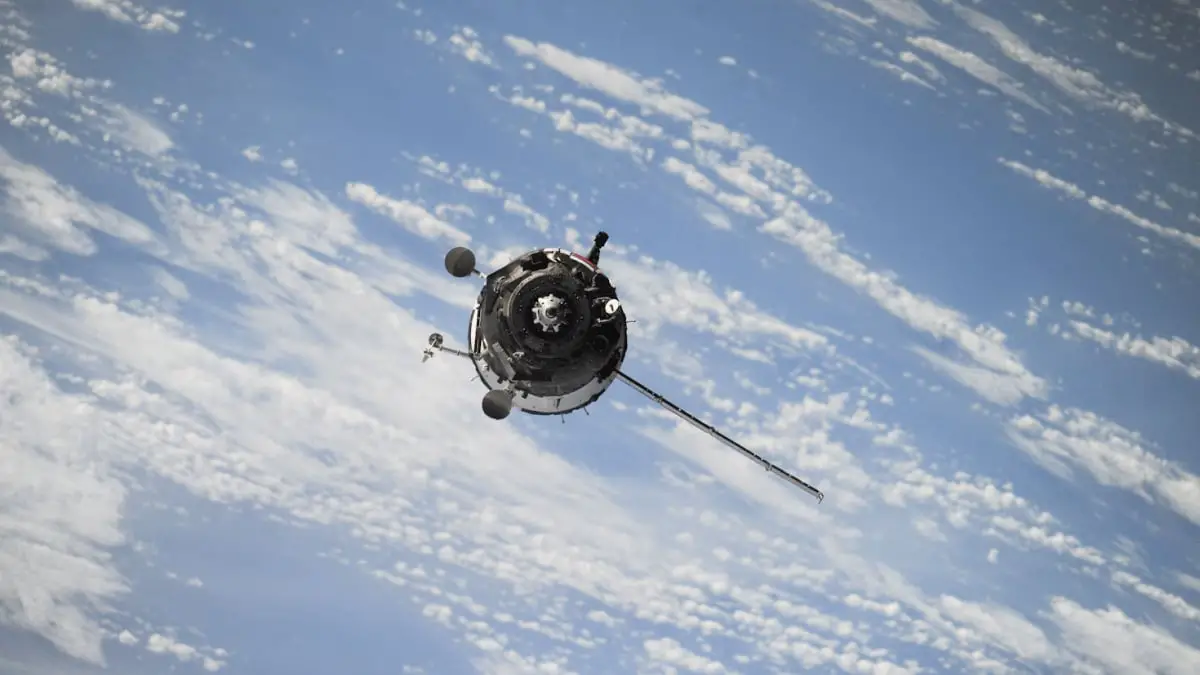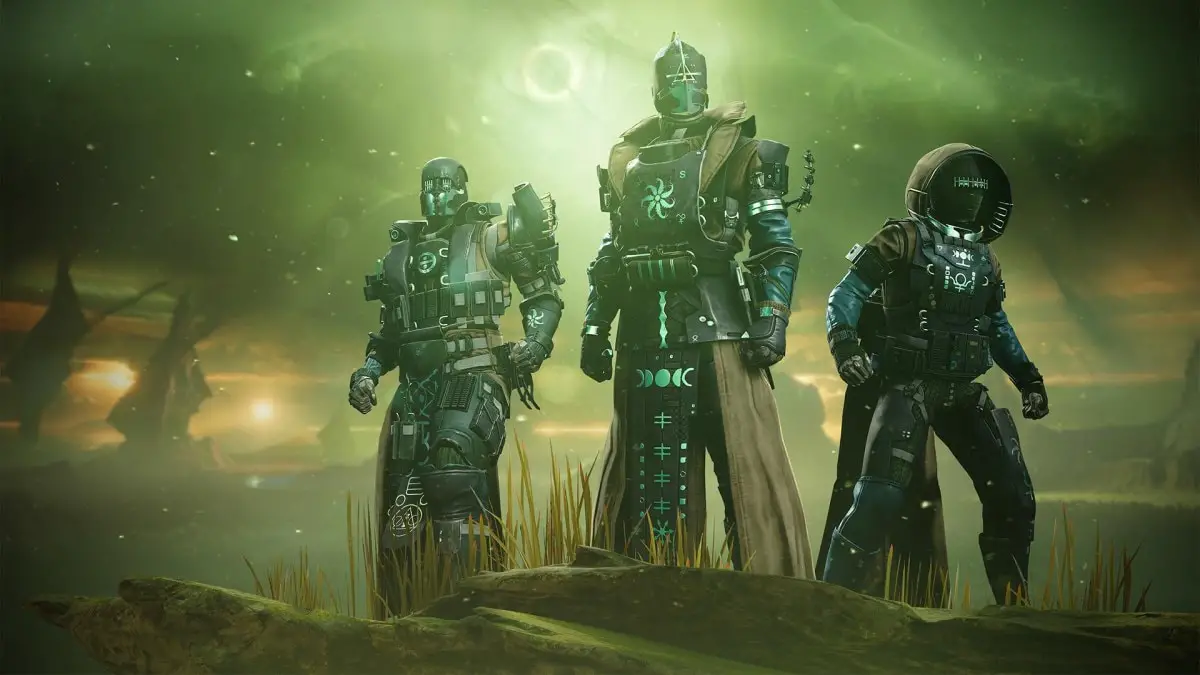Recent observations from the James Webb Space Telescope (JWST) have cast doubt on the long-held belief that asteroid 16 Psyche is the core remnant of a protoplanet. The JWST detected hydrated minerals on Psyche’s surface, which include hydroxyl and possibly water. This finding complicates our understanding of the asteroid’s composition and its role in the early solar system. The NASA Psyche mission, set to arrive in 2029, may provide crucial answers about the asteroid’s true nature.
Hydrated Minerals Raise Questions
16 Psyche is a large, metallic asteroid located in the asteroid belt between Mars and Jupiter. Initially, it was thought to be a core fragment of an ancient protoplanet, offering insights into planetary formation. However, the JWST’s detection of hydroxyl and potential water molecules introduces new questions. These minerals could have come from impacts with other asteroids containing water. Alternatively, if these substances originated from within Psyche, it would challenge current theories about its formation and composition.
Implications of Internal Hydration
The presence of hydrated minerals could indicate that Psyche’s materials originally came from beyond the “snow line,” a region in the early solar system where water ice and other volatiles were more common. This scenario suggests that Psyche might have migrated from a colder, outer region of the solar system, rather than being a core remnant. The uneven distribution of hydration on Psyche’s surface might support the idea that impacts, rather than internal processes, introduced these minerals.
Upcoming Mission Goals
NASA’s Psyche mission aims to resolve these uncertainties. Scheduled to arrive at the asteroid in 2029, the spacecraft will conduct a detailed analysis to determine the asteroid’s composition and history. This mission is expected to shed light on the formation of metallic asteroids and refine our understanding of the early solar system.
Conclusion
The JWST’s findings have opened new avenues for research on the asteroid Psyche, challenging established theories about its origin. The upcoming Psyche mission is poised to provide definitive answers, potentially reshaping our knowledge of planetary evolution and the history of the solar system.










